In the summers my grandmother would drive us south of town to where the black oaks thinned out and the world opened into pasture land and sky: prairie grass as far as you could see. Here, on their tribal land, the Seminole People would hold an annual powwow. Folks congregated to visit and eat frybread tacos, and I would skateboard with my Muskogee friends, Mike and Bobby Harjo on the cement basketball court, or along sections of sidewalk outside the aluminum-sided lodge.
Around sundown, when the whippoorwills began to call from the sparse stands of blackjack and the fireflies winked on and off, the sound of drums started to pound the earth. You could feel them coming up through the soles of your shoes. All at once, my Native friends would get quieter and a strange stillness seemed to settle over everything. I’d follow Mike and Bobby toward the circle where Seminole men sat on folding chairs, beating their hide drums, singing in a high dreamlike melody that wove in and out of the pounding pulse, rising and falling. I’d go and sit with my friends on the grass, watching as Seminole and Muskogee men began to appear in their ceremonial attire: beads and feathers and buckskin, faces painted ocher or vermillion, headdresses that called rare and beautiful birds to mind. Soon, they’d began to dance.
Watching the men stomp and wheel in furious, fantastic movements, I’d begin to feel a corkscrewing electricity climbing up my ten-year-old backbone. I knew what I was watching was very old, and though it was happening fifteen feet from me, a great gulf separated me from the men and their dance, and strangely, Bobby and Mike — who, even though I’d gone to school with them since kindergarten, seemed to have grown suddenly distant. I didn’t know the name of that distance, only that it had something to do with the fact that I had blonde hair and pale skin, and my friends did not. I realized I was on the outside of something, looking in, though it took me much longer to understand that this was how Mike and Bobby must have felt much of the time in Seminole, Oklahoma, population 7,068.
It had been so long since I’d felt that corkscrew electricity, I’d almost forgotten it. But watching Martin Scorsese’s hallucinatory masterpiece, Killers of the Flower Moon, that singular sensation of outside-ness came rushing back. Scorsese has made films about outsiders on the inside before — The Departed is a classic of the genre and also stars Leonardo DiCaprio — but this is the first of his movies that made me feel as though I was on the outside, looking in.
This phenomenon represents something of a shift for Scorsese whose skill is such that, watching Goodfellas, you feel as if you’re a gangster too: it’s the cops who feel like outsiders when they finally clap the cuffs on a coked-out Ray Liotta. That Scorsese can make the strange feel so familiar is a testament to his talent — truly sui generis — and to his masterful use of the voiceover.
Imagine, for a moment, Taxi Driver without Travis Bickle whispering in our ear as we watch him descend into madness, a whisper that makes the workings of his mind seem very familiar. Imagine Goodfellas without Henry Hill’s always sensible-sounding narration, a calm voice that makes him loading down his young, bucket-hatted courier with bags of cocaine while he makes meatballs seem like the way everyone prepares for a cross-country flight.
Casino employs the same device, as does The Wolf of Wall Street, but this kind of voiceover narration doesn’t exist in Killers of the Flower Moon: there is no silver-tongued speaker to guide or seduce us. We watch DiCaprio’s Ernest Burkhart marry into an Osage family — and the headrights to land that’s producing a great deal of oil — but we don’t know what Burkhart is thinking. Does he love his Osage wife, Mollie — played to perfection by Lily Gladstone — or does he just love money? He tells us he loves money “almost as much” as he loves his wife, but is he deceiving us or himself?
T.S. Eliot famously said that a great work of art must have an objective correlative: an object in nature that correlates to a character’s emotional state. In Killers of the Flower Moon, the closest thing we have to an objective correlative is the insulin that Ernest administers to his diabetic wife — insulin to which Ernest adds a little morphine-atropine, to “slow her down.” In essence, Ernest is both treating and poisoning her at the same time. A certain sheriff a little farther south might say if that’s not an objective correlative it’ll do till the objective correlative gets here.
Ernest is an outsider on the inside, a man of mixed motives, a gambler and spendthrift, in love with both Mollie and Mammon, not a good husband to either.
Which brings us back to that gulf I spoke about earlier. I never feel intimate with Ernest as I do with Henry Hill, or Travis Bickle, or Billy Costigan Jr. I watch this outsider from outside the experience myself and the real mystery is why Ernest does what he does, and what he ultimately wants. Ernest and his Svengali-uncle, William King Hale — depicted by the never-better Robert De Niro — steal and kill and destroy, but they have no endgame, nothing to do with their ill-gotten gain.
Opposed to this ravenous king and his underlings are a group of G-men from DC led by a former Texas Ranger, and the Osage People who have mastered the art of stillness. After all the money and all the murdering and all the machinations, we close on the Osage, the elders forming a drum circle, and, as the drone-mounted camera pulls back into the sky, dancers encircle these elders, shifting into shapes like petals stirring in the prairie breeze. From high up, outsiders look down at the drummers, the dancers, as the shape of a flower trembles to life.



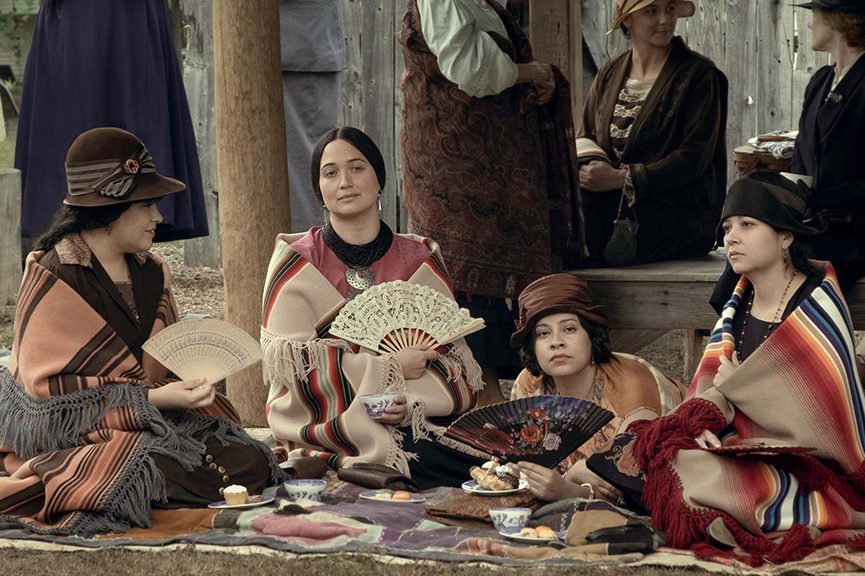


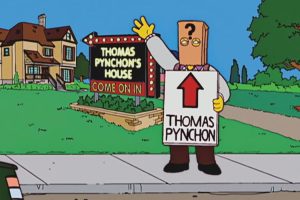

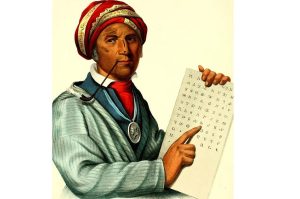

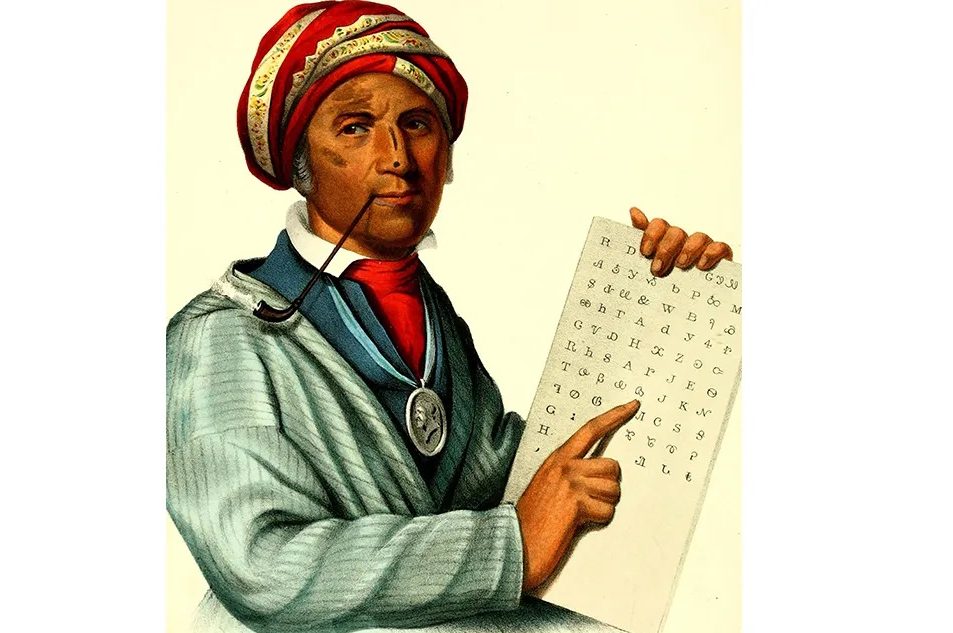
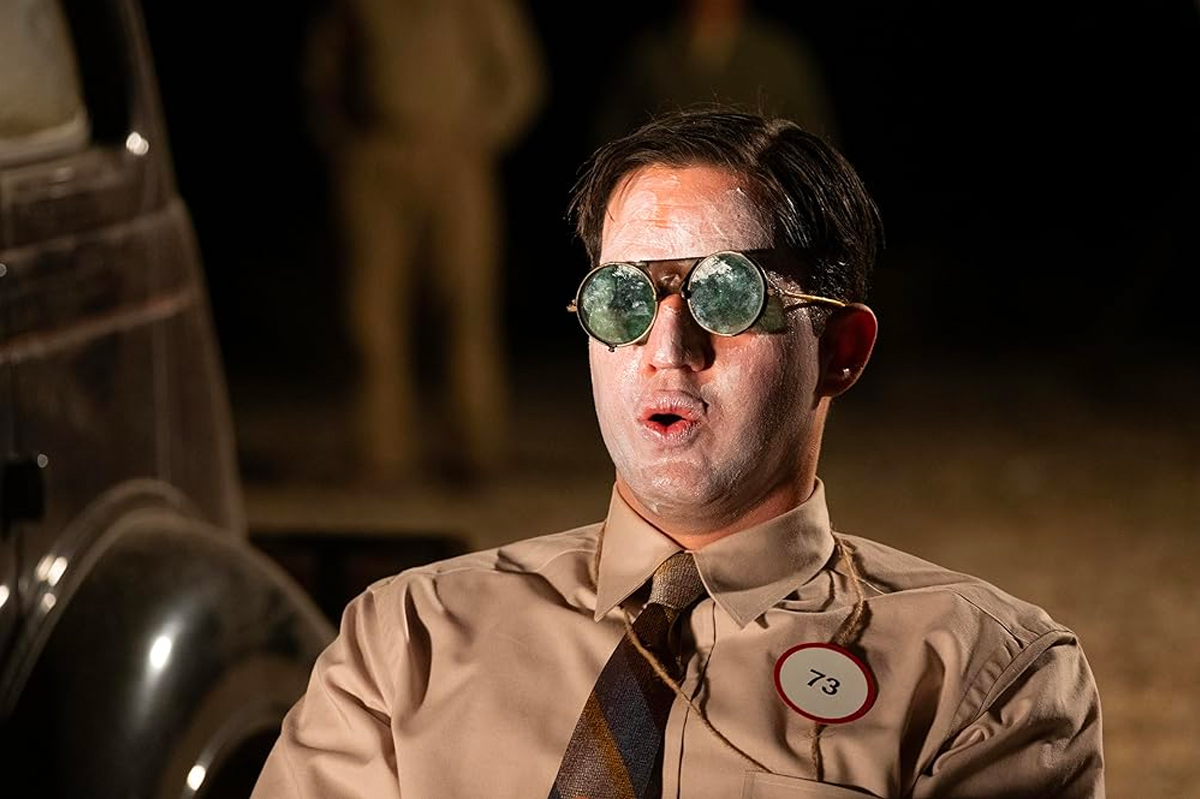
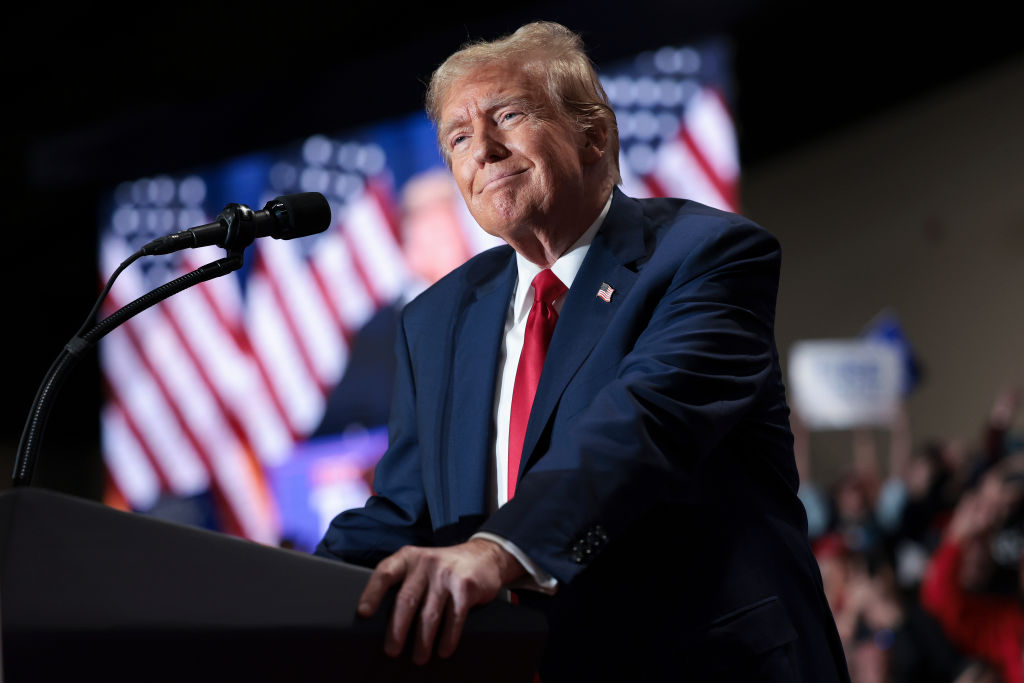
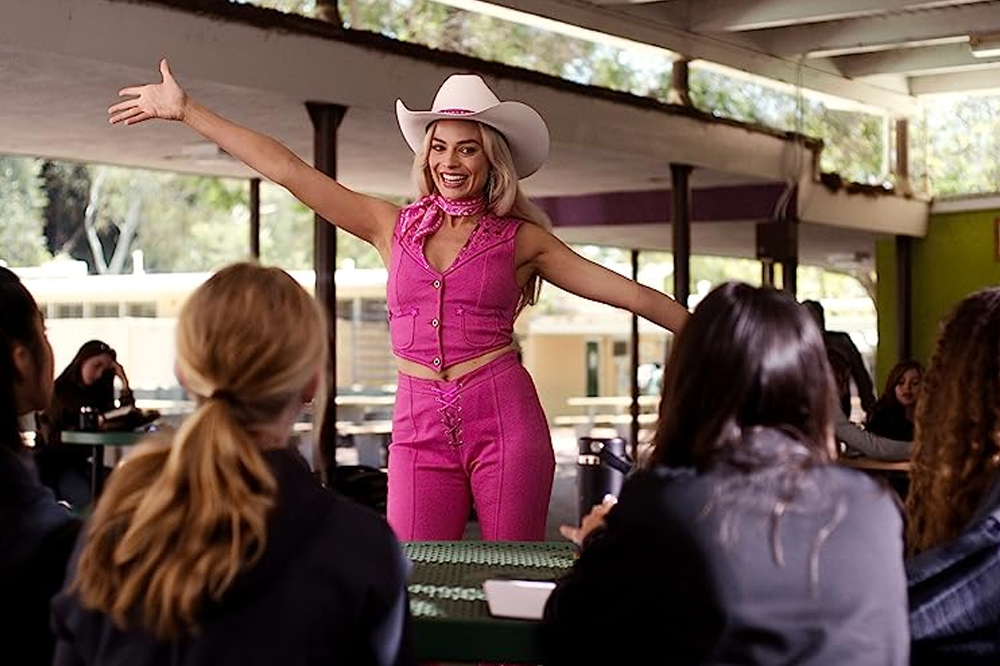
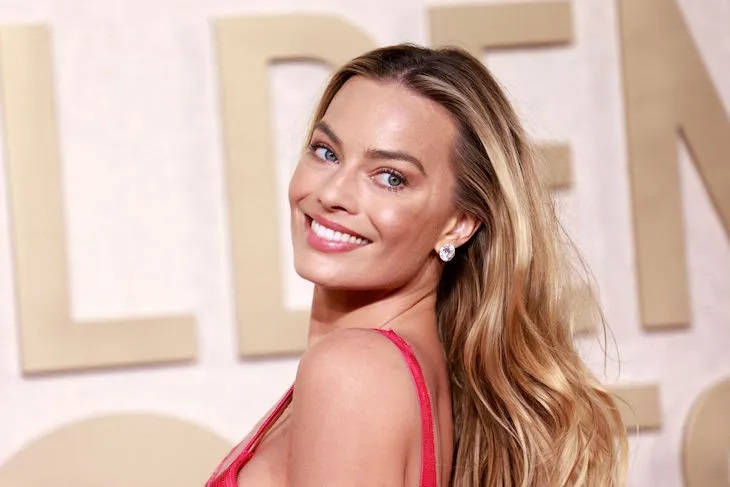







Leave a Reply